A Child’s Christmas
 Sun, December 25, 2022
Sun, December 25, 2022 Often this time of year I revisit childhood memories of Christmas. For me it is the years 1941 to 1944, when I was between the ages 5 and 8 years old. Possibly the age that Christmas means the most to any child.
Christmases spent during the tough economic times of WWII. I always think how much harder it must have been for others my age in countries like France, Belgium, and Holland where the actual fighting went on.
Times were tough economically in England, but at least the country was not invaded so although I never understood what war meant, I never knew what the financial hardship was because I had known nothing else.
Whereas children my age on the continent of Europe faced the actual horrors of war, bullets, explosions, and people dying.
I can remember exactly what was in my Christmas stocking each year because it was always the same thing. First of all, my Christmas stocking was one of my actual knee-high socks that I wore every day. It did not take much to fill it.
In the toe of the sock there was always an orange. Yes, an orange, was a treat because oranges did not grow in England, they had to be imported from Spain or some other Mediterranean country.
In the foot of the sock there would be and item of clothing, usually a pair of socks or gloves hand knitted by my mother, from used wool unraveled from an old sweater.
In the leg of the sock there would be a rolled-up coloring book with crayons or color pencils, and a special Christmas edition comic paper, usually featuring, Mikey Mouse and all the other Walt Disney characters.
There were few toys being manufactured due to the war, so any extra toys received were either refurbished used toys, or hand made by a friend or family.
For me Christmas was never about the material things received on Christmas morning, but it was about the season’s activities. Decorating our home and school with holly branches and paper chains and paper lanterns we made ourselves.
Learning to sing Christmas Carols in harmony at school, and performing them in a concert, and going house to house singing carols, in evenings during the week before Christmas. The parties at friends’ homes with all the wonderful home baked food. Christmas cake and pudding, and mince pies.
In the years since WWII, I have witnessed Christmas turning into this ever increasing frenzy of shopping, and conditioning our children for a lifetime of consumerism. The notion that material things will buy happiness.
In these current world-wide economic hard times, there are going to be a lot of disappointed children this year, but will that be such a terrible thing if some of them learn to lower their expectations little.
My thoughts are with the children living in the Ukraine. I am sure all they want for Christmas is for the war to end.
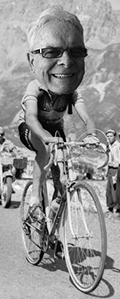









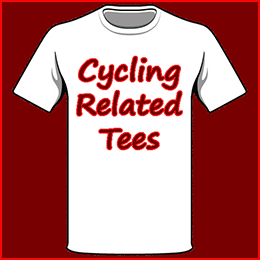






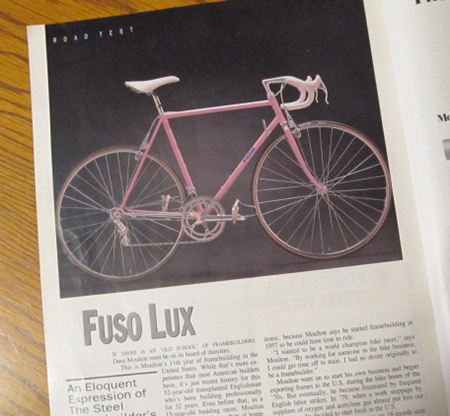
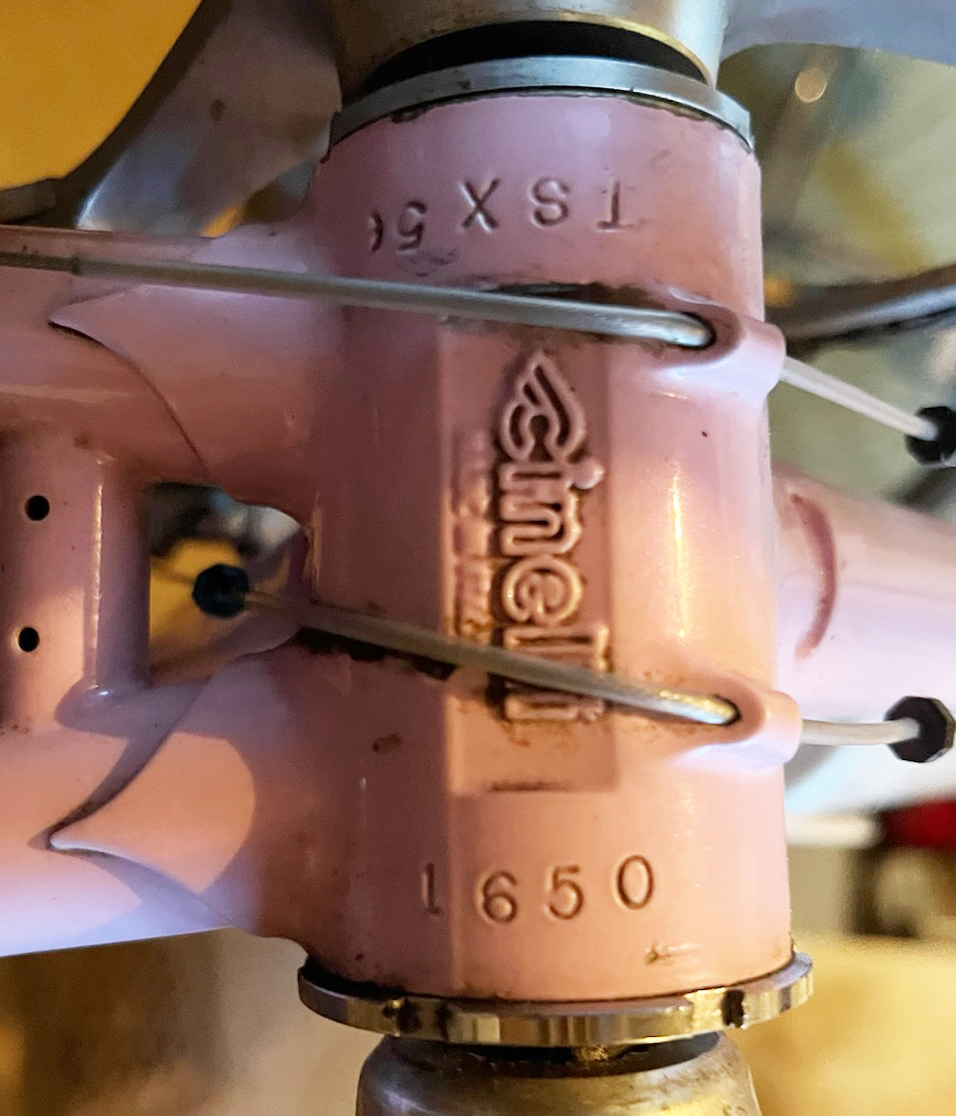
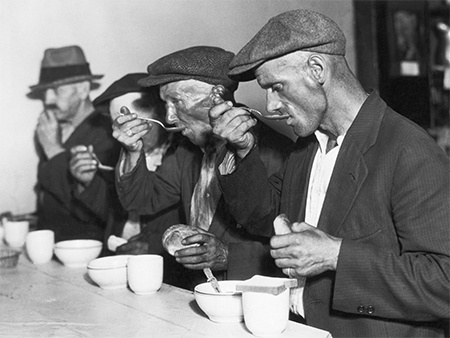

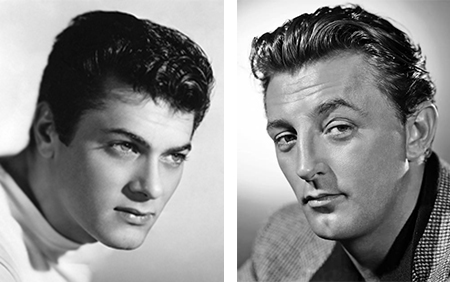
Adopted
Parents of an adopted child will often tell them. “We chose you, and that makes you special.” I came to these United States in January 1979, in a few weeks’ time I will have lived here 44 years. That is longer than I lived in England, the country of my birth.
I adopted this country, which makes it special. I do not take this country or it’s people for granted as I might have done had I been born here.
A country and its people are one of the same, The USA being so large often feels like several different countries. To understand this, a person has to travel and live many places, as I have done.
From New Jersey, close to New York City, to San Diego, California. Then gradually northwards to Riverside County, to Los Angeles. To Eugene, Oregon, then back across this country to South Carolina.
Throughout my travels, on meeting strangers, because of my accent as soon as I open my mouth I am viewed as a foreigner. Just as it is unwise for an American to travel overseas and express a political opinion, it is also best I remain neutral.
By taking political opinions out of the equation, I tend to see others as either good or bad, which is all there is really. If I choose friends based solely on some political leaning, I miss out on some good people, and allow others closer than they should be, taking my best interest into account.
I have no room for negativity in my life, either people or obsessing over it in the news or social media. Sadly, the media thrives on negativity, but I have come to realize if I look at the perspective of it, the goodness in the world, far outweighs the bad.
For example, I read about a mass shooting somewhere, and five or six people died. Not to make light of such a tragedy, but out of a population of over 300 million, the ratio of evil as opposed to good is a tiny percentage.
My point is, I can do little as an individual to stop these heinous acts, but when the good far outweighs the evil, why would I dwell on the bad?
You can define a country as the land mass it occupies, but the real spirit of any country, its heart and soul, is its people. As long as good people far outweigh the bad, and love outweighs the hate, there is hope.